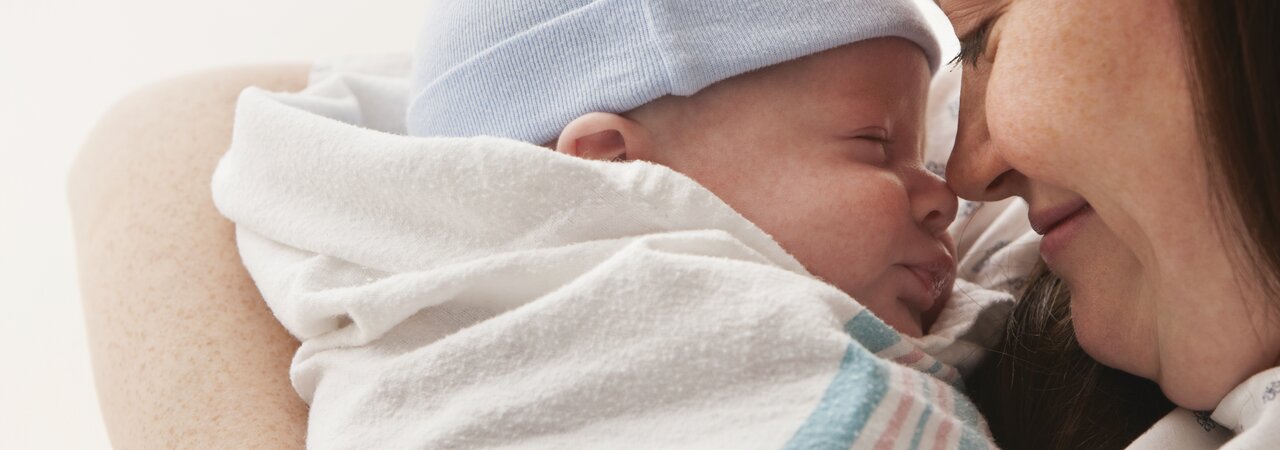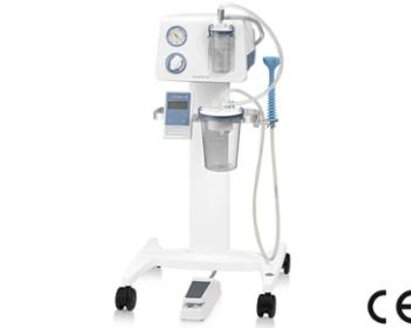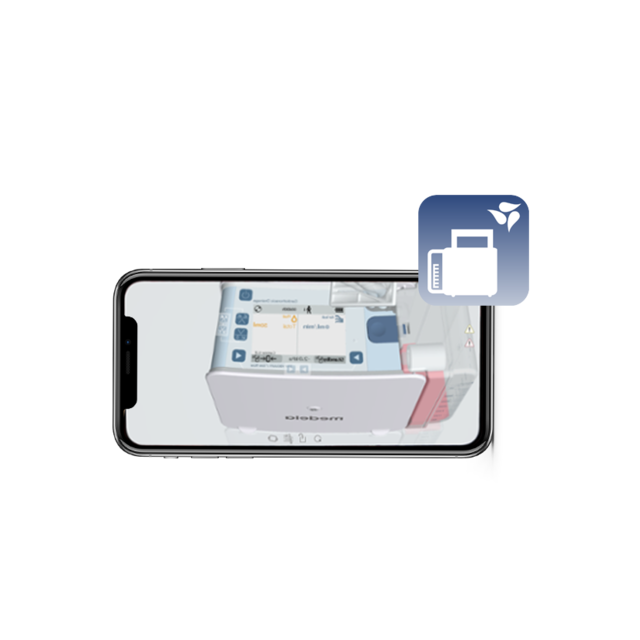
OP- und Sekretsauger
Suchen Sie medizinische Absaugpumpen? Basic, Dominant Flex, Vario 18 c/i, Vario 8 und Vario 8 c/i von Medela sind die richtige Wahl für medizinische Fachpersonen.

Absaugbehälter
Flüssigkeitsauffangsysteme bieten Sicherheit durch Überlaufschutz und Filter. Einweg- und Mehrwegsysteme sind leise, hygienisch, sicher und anwenderfreundlich.
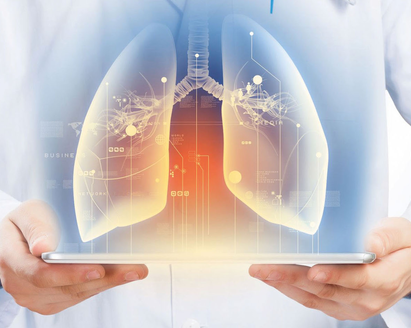

Messen & Kongresse

Inhouse-Fortbildungen

Webinare
This webinar series provides healthcare professionals with information and research results on breastfeeding, breast milk, safety and health of pregnant women.

Fortbildungen
Medela University für CPD-zertifizierte Kurse über das Management von Brustdrainagen.

Magazin
Mit diesem Magazin wollen wir den Blick auf Sie als Pflegekräfte lenken, die jeden Tag einen großartigen Job machen.

Herz-/Thoraxdrainage literatur
Was müssen medizinische Fachpersonen über die Herz-/Thoraxdrainage wissen? Lesen Sie mehr über die neuesten Erkenntnisse und Meinungen im Knowledge Journal von Medela.

Absaugung für die Medizin literatur
Was müssen medizinische Fachpersonen über professionelle Vakuumlösungen wissen? Lesen Sie mehr über die neuesten Erkenntnisse und Meinungen im Knowledge Journal von Medela.

Kontaktformular
Haben Sie Fragen? Benötigen Sie zusätzliche Informationen? Kontaktieren Sie unser Team über dieses Formular und wir setzen uns so schnell wie möglich mit Ihnen in Verbindung.

Newsletter
Abonnieren Sie unseren Newsletter und bleiben Sie auf dem Laufenden.

Technischer service

Kundenservice
Information zum Kundenservice - für medizinisches Fachpersonal

Messen & Kongresse

Inhouse-Fortbildungen

Webinare
This webinar series provides healthcare professionals with information and research results on breastfeeding, breast milk, safety and health of pregnant women.

Fortbildungen
Medela University für CPD-zertifizierte Kurse über das Management von Brustdrainagen.

Magazin
Mit diesem Magazin wollen wir den Blick auf Sie als Pflegekräfte lenken, die jeden Tag einen großartigen Job machen.

Herz-/Thoraxdrainage literatur
Was müssen medizinische Fachpersonen über die Herz-/Thoraxdrainage wissen? Lesen Sie mehr über die neuesten Erkenntnisse und Meinungen im Knowledge Journal von Medela.

Absaugung für die Medizin literatur
Was müssen medizinische Fachpersonen über professionelle Vakuumlösungen wissen? Lesen Sie mehr über die neuesten Erkenntnisse und Meinungen im Knowledge Journal von Medela.

Kontaktformular
Haben Sie Fragen? Benötigen Sie zusätzliche Informationen? Kontaktieren Sie unser Team über dieses Formular und wir setzen uns so schnell wie möglich mit Ihnen in Verbindung.

Newsletter
Abonnieren Sie unseren Newsletter und bleiben Sie auf dem Laufenden.

Technischer service

Kundenservice
Information zum Kundenservice - für medizinisches Fachpersonal

OP- und Sekretsauger
Suchen Sie medizinische Absaugpumpen? Basic, Dominant Flex, Vario 18 c/i, Vario 8 und Vario 8 c/i von Medela sind die richtige Wahl für medizinische Fachpersonen.

Absaugbehälter
Flüssigkeitsauffangsysteme bieten Sicherheit durch Überlaufschutz und Filter. Einweg- und Mehrwegsysteme sind leise, hygienisch, sicher und anwenderfreundlich.

Thopaz+ nach thorakalen Operationen und Eingriffen
Thopaz+ ermöglicht es medizinischen Fachpersonen, Entscheidungen aufgrund genauer Drainagedaten zu treffen.
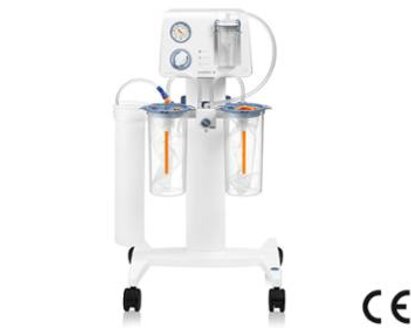
OP-Sauger Dominant Flex und Basic
Die OP-Sauger Dominant Flex und Basic sind optimale medizinische Pumpen für alle Anforderungen beim Absaugen.


